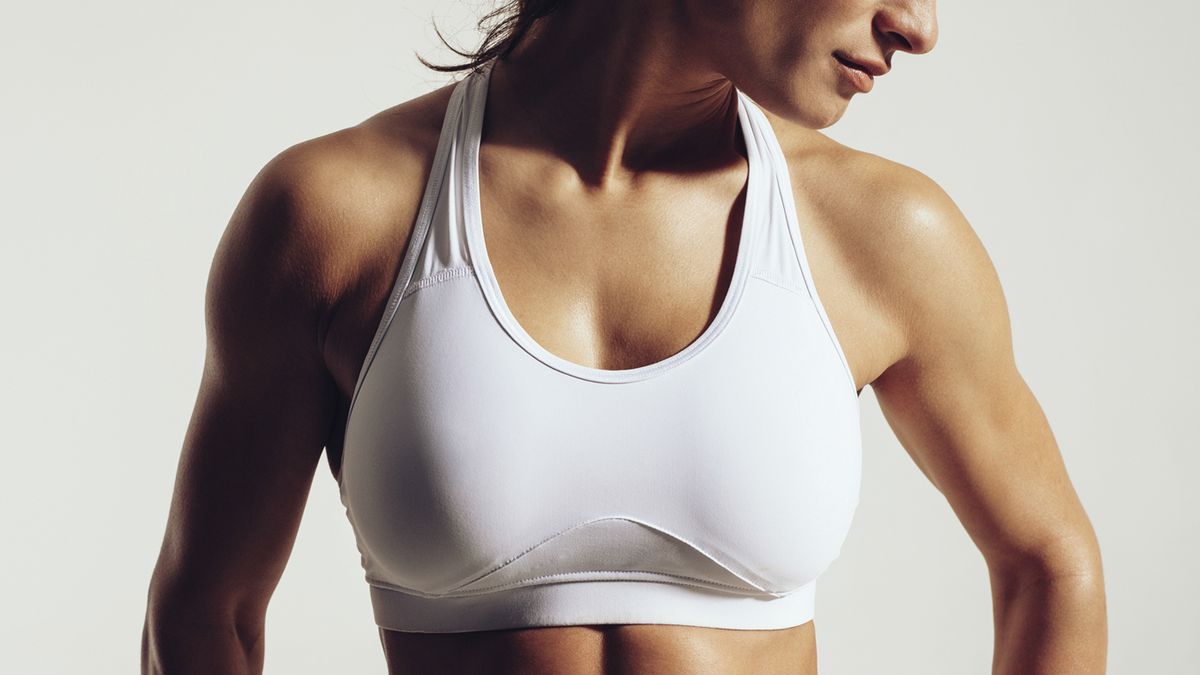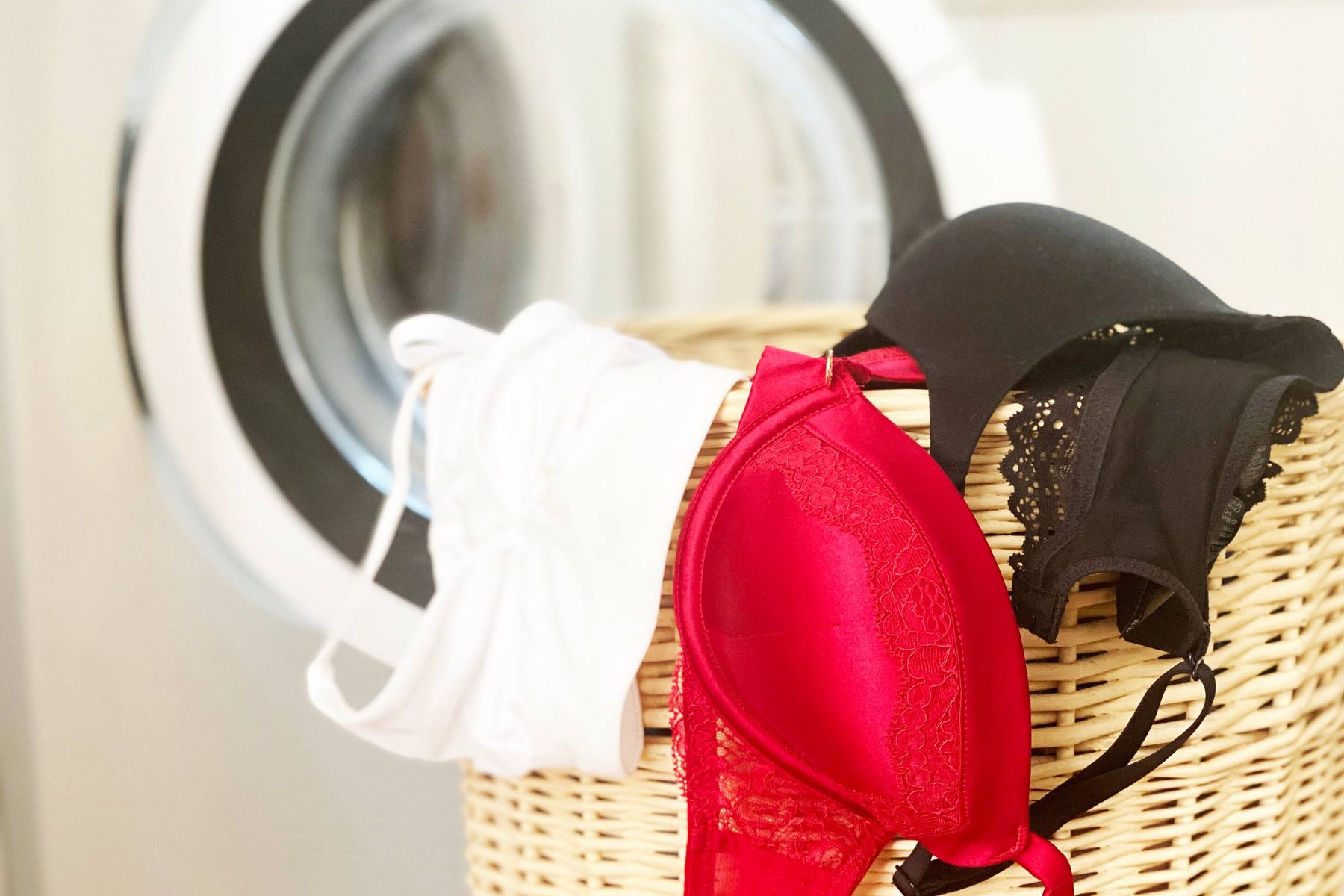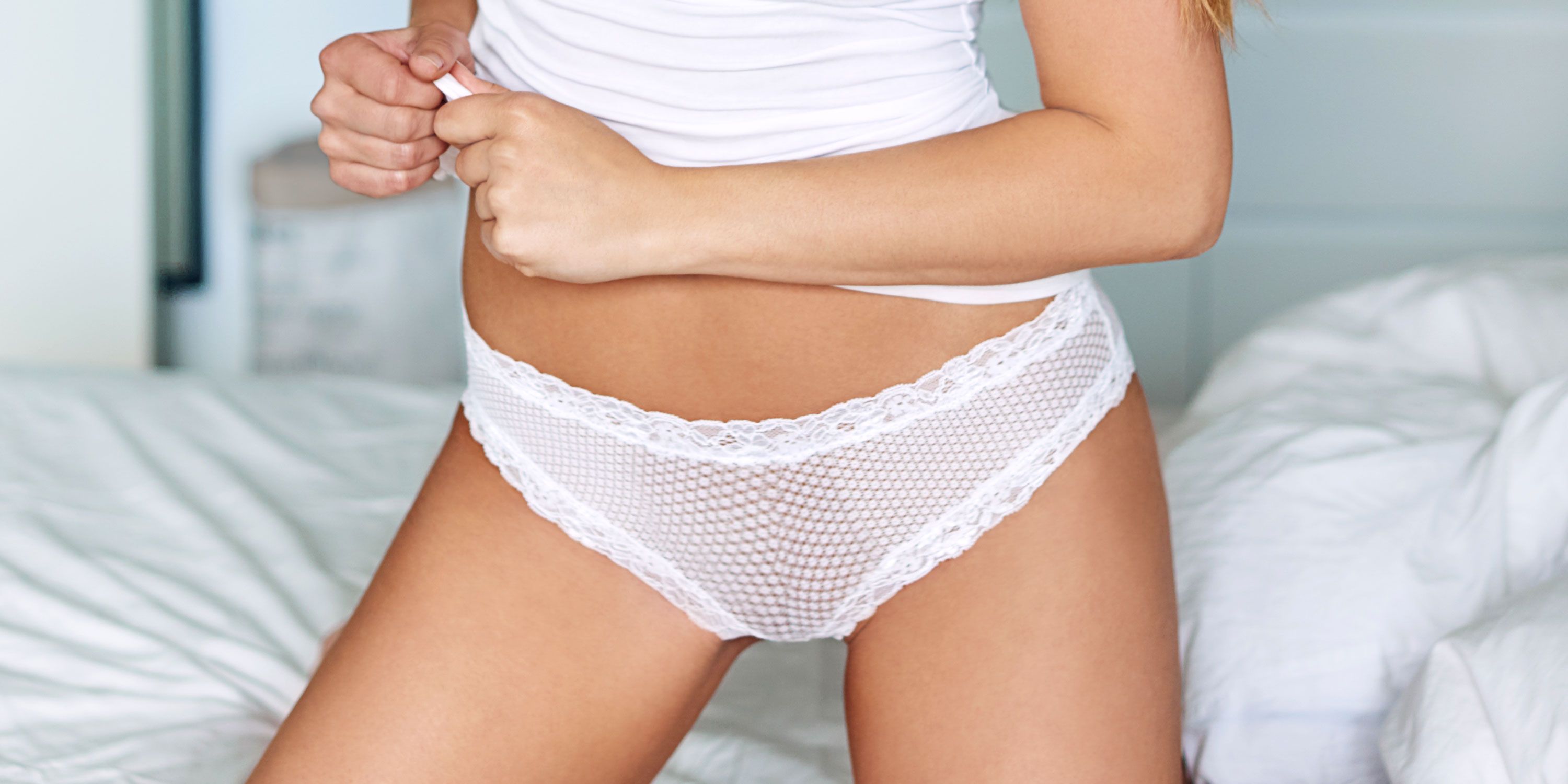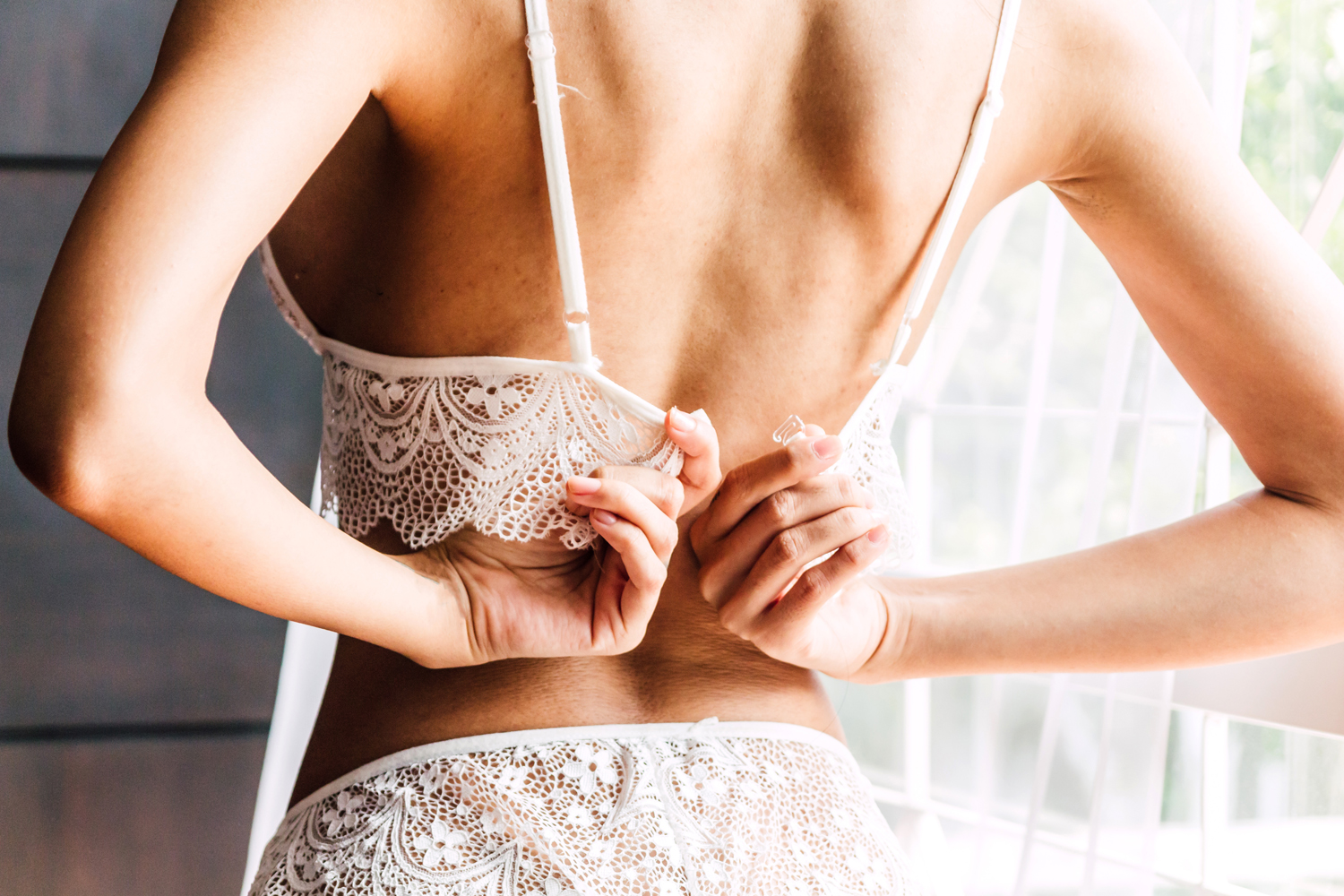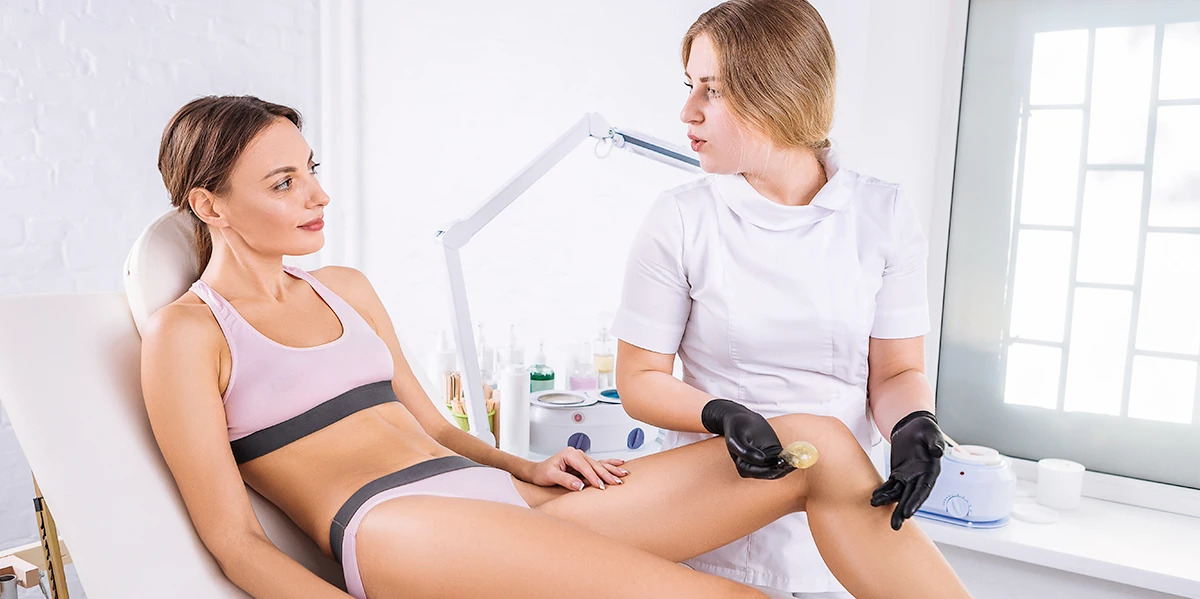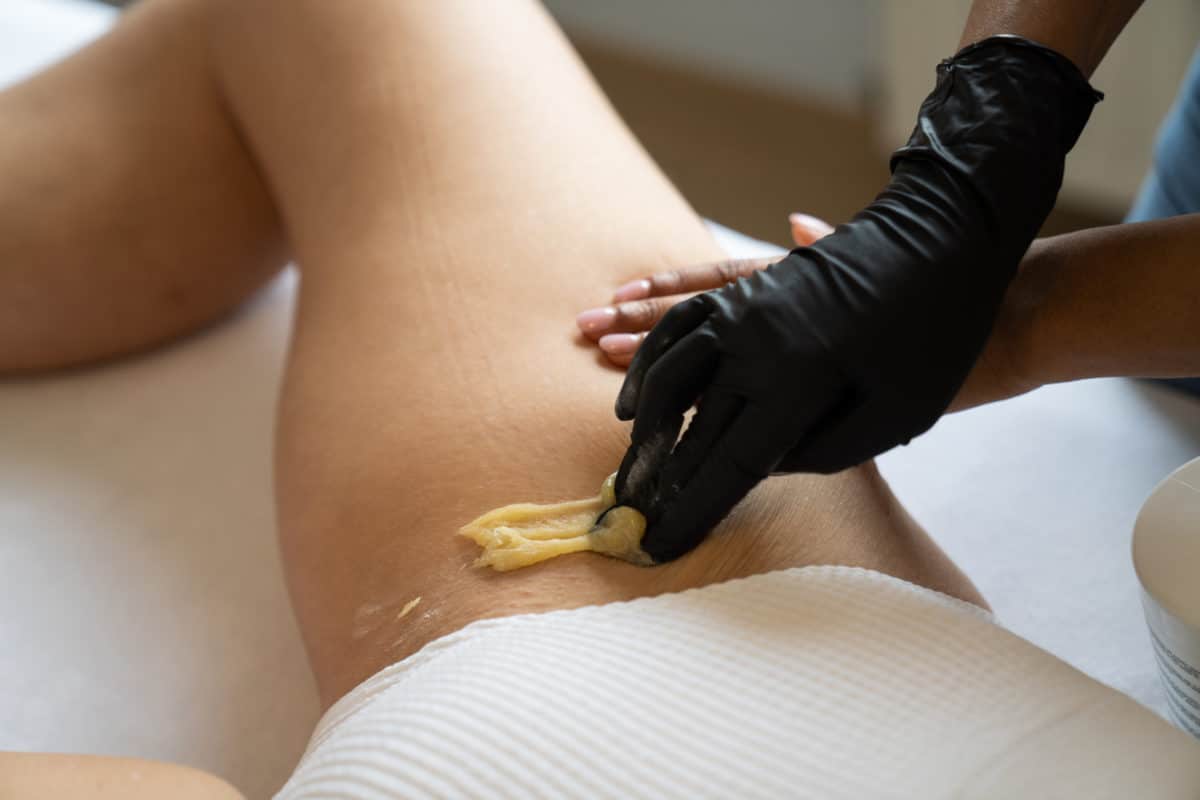Home>Women's Underwear>Bras>How Often Should You Change Your Bra
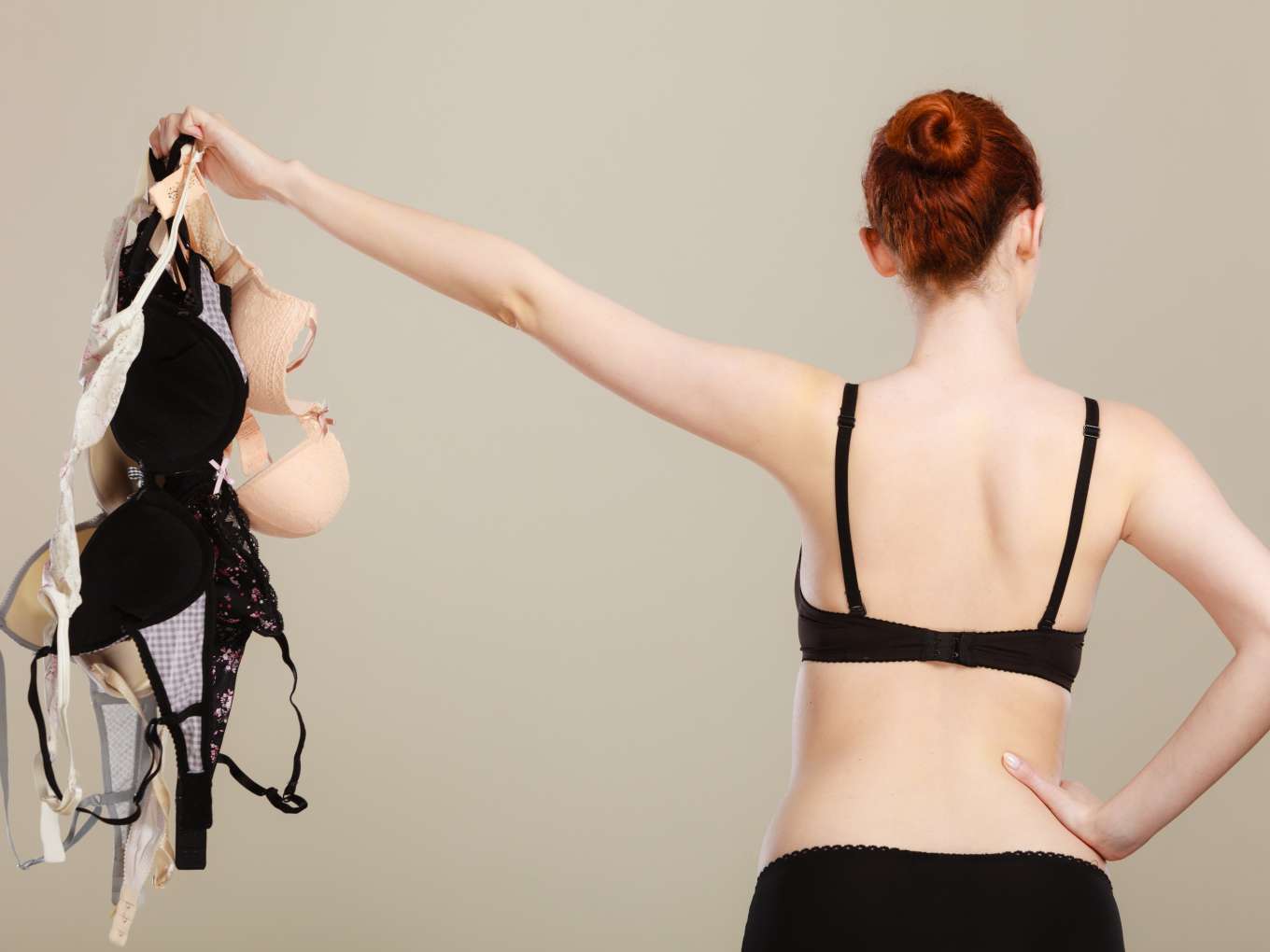

Bras
How Often Should You Change Your Bra
Modified: August 2, 2023
Discover how often you should change your bras and maintain optimum comfort and support. Find the best bras for you at Under-tec.
(Many of the links in this article redirect to a specific reviewed product. Your purchase of these products through affiliate links helps to generate commission for Under-tec.com, at no extra cost. Learn more)
Table of Contents
Introduction
Welcome to the world of bras, where fit, comfort, and style come together to provide essential support for our daily lives. Whether you’re a fan of lace, push-ups, or sports bras, it’s important to know when to change your undergarments to ensure optimal comfort and functionality.
While many factors contribute to finding the perfect bra, one factor that often goes overlooked is knowing when to replace it. Wearing a worn-out or ill-fitting bra not only affects your comfort but can also have an impact on your overall health. In this article, we will explore the factors to consider when changing bras, the signs that indicate the need for a bra change, and how often you should replace your bras to maintain a healthy wardrobe.
As we dive into this topic, keep in mind that finding the right bra is a personal journey. What works for one person may not work for another, so it’s crucial to understand your own preferences and body shape. With that said, let’s explore the world of bras and discover how to keep our undergarments fresh and supportive.
Factors to Consider when Changing Bras
Changing bras goes beyond just replacing old worn-out bras with new ones. There are several key factors to consider to ensure that you are choosing the right time to make a switch. Let’s take a closer look at these factors:
Comfort: One of the primary reasons to change bras is comfort. Over time, bras can lose their elasticity, causing discomfort and irritation. If you find that your bra is digging into your skin, causing redness or leaving marks, it may be time for a change. Additionally, weight gain or loss can also affect your comfort level, so it’s essential to reassess your bra size and fit.
Support: The support provided by a bra is crucial, especially for individuals with larger busts. As bras age, the support they provide may diminish, leading to sagging or discomfort. If you notice that your breasts are not being properly supported or that your bra is no longer lifting and shaping as it should, it may be a sign to consider a new bra.
Style: Fashion trends change, and so do our preferences. If you find that your current bras no longer match your personal style or aesthetic, it might be time to update your collection. Investing in bras that make you feel confident and reflect your personal style can do wonders for your self-esteem.
Body Changes: Our bodies are not static, and they change over time. Weight fluctuations, pregnancy, breastfeeding, and aging can all impact our breast size and shape. It’s important to regularly assess your bra fit and make adjustments as necessary to ensure proper support and comfort.
Activities: Different activities may require different types of bras. If you’ve recently taken up a new physical activity or sport, you may need a specialized sports bra for enhanced support and comfort during exercise. Similarly, if you’re experiencing discomfort during specific activities, it may be time to explore different bra options that cater to your needs.
By considering these factors, you can make an informed decision about when to change your bras. Remember, everyone’s needs are different, so listen to your body and pay attention to any signs of discomfort or lack of support.
Signs that Indicate the Need for a Bra Change
Knowing when to change your bra is crucial for maintaining your comfort, support, and overall well-being. Here are several signs that indicate it’s time to consider a bra change:
Worn-out Elastic: Over time, the elastic in bras can lose its elasticity and become stretched out. If you notice that the band no longer feels snug around your ribcage or if the straps keep slipping off your shoulders, it’s a clear indication that the bra’s elastic has worn out. It’s time to bid farewell and find a new supportive bra.
Visible Signs of Wear and Tear: Take a close look at your current bras. Do you see any frayed threads, holes, or fabric that has become thin? These are visible signs that your bra has seen better days and may no longer provide the necessary support. It’s essential to prioritize your comfort and invest in a new bra.
Chafing or Redness: If your bra is causing discomfort, chafing, or leaving red marks on your skin, it’s a sign that it’s time for a change. Ill-fitting bras or bras made from materials that don’t agree with your skin can cause irritation. Choosing a bra that fits properly and is made from breathable, skin-friendly materials can help alleviate these issues.
Changes in Breast Size or Shape: Our bodies change over time due to factors like weight fluctuations, pregnancy, or aging. If you’ve experienced a significant change in breast size or shape, your current bras may no longer provide adequate support. It’s essential to assess your bra fit regularly and make adjustments as needed to ensure optimal comfort and support.
Lack of Support and Lift: A well-fitting bra should provide proper support and lift for your breasts. If you find that your current bra is no longer doing its job and your breasts feel unsupported or saggy, it’s time for an upgrade. Look for bras with features like underwire or molded cups to ensure the desired support and shape.
Decreased Comfort: The ultimate goal of a bra is to provide comfort throughout the day. If you find yourself constantly adjusting or readjusting your bra, or if you experience discomfort or pain while wearing it, it’s a sign that it’s time for a change. Your bra should enhance your comfort, not hinder it.
By paying attention to these signs, you can proactively assess the need for a bra change. Remember, finding the right fit and style is essential for your overall well-being and confidence.
How Often Should You Change Your Bra?
The frequency with which you should change your bras depends on several factors, including the quality of the bras, how often you wear them, and how well you care for them. While there isn’t a set rule, here are some general guidelines to help you determine how often you should change your bra:
Every 6-12 Months: As a general rule of thumb, bras should be replaced every 6-12 months. With regular wear and washing, bras can lose their elasticity, shape, and support over time. This is especially true for bras with underwire, as the wire can weaken and become uncomfortable. By replacing your bras within this timeframe, you ensure that you have proper support and comfort.
After Significant Weight Changes: If you’ve experienced significant weight loss or gain, it’s important to reassess your bra size and fit. Breasts can change in size and shape with weight fluctuations, so it may be necessary to invest in new bras that accommodate your new measurements. This will not only ensure comfort but also provide proper support for your breasts.
When Signs of Wear and Tear Appear: Keep an eye out for visible signs of wear and tear, such as stretched-out elastic, fraying fabric, or broken straps. If your bras show these signs, it’s time to replace them. Wearing bras with worn-out components can lead to discomfort, lack of support, and an unflattering fit.
During Pregnancy and Postpartum: Pregnancy and breastfeeding can cause significant changes in breast size and shape. It’s important to have well-fitting bras during this time to provide proper support and comfort. As your body undergoes changes, consider getting fitted for new bras that accommodate your evolving needs.
Based on Usage and Care: The frequency with which you wear and wash your bras can also impact how often you need to change them. If you wear the same bra every day, it will likely wear out faster than if you rotate between multiple bras. Similarly, proper care and washing techniques can prolong the lifespan of your bras.
Ultimately, the decision to change your bra should be based on a combination of factors, including wear and tear, proper fit, and personal comfort. Regularly assessing your bras and replacing them when necessary will ensure that you have the support, comfort, and confidence you deserve.
Tips for Maintaining Bra Hygiene
Proper hygiene is crucial when it comes to bras, as they come into close contact with our skin on a daily basis. Here are some essential tips to help you maintain the hygiene of your bras:
Rotate Your Bras: To avoid excessive wear and tear, it’s recommended to rotate between several bras. This allows each bra to relax and regain its shape between wears. By giving your bras a break, you can prolong their lifespan and maintain their effectiveness.
Hand Wash or Use a Delicate Cycle: Bras are delicate garments that require gentle care when washing. Hand washing your bras with mild detergent in lukewarm water is the preferred method. If you choose to use a washing machine, opt for a delicate cycle and place your bras in a lingerie bag to protect them from snagging or tangled straps.
Avoid High Heat: Exposure to high heat, such as from a dryer or direct sunlight, can damage the elastic and fabric of your bras. To extend their lifespan, air dry your bras by laying them flat or hanging them in a well-ventilated area away from direct heat sources.
Store Them Properly: Storing your bras correctly is essential to maintain their shape and prevent damage. Avoid folding them in half, as this can cause deformities in the cups. Instead, stack your bras one on top of the other or use a drawer divider to keep them neatly arranged.
Follow Manufacturer Guidelines: Different bras may have specific care instructions provided by the manufacturer. It’s important to read and follow these guidelines to ensure proper care and maintenance. Some bras may require hand washing only, while others may be safe for machine washing. Always check the labels and tags for any specific instructions.
Replace When Necessary: As discussed in the previous section, bras do have a limited lifespan. If you notice signs of wear and tear, such as stretched-out elastic, broken wires, or visible deterioration, it’s time to replace your bra. Continuing to wear a damaged bra can lead to discomfort, lack of support, and potential skin issues.
Get Professionally Fitted: A professional bra fitting can work wonders for your comfort and hygiene. Trained fitting experts can help you find the perfect size and style that suits your body shape and needs. Getting fitted regularly, especially after significant weight changes or during pregnancy, ensures that you are wearing the right size and that your bras provide optimal support and hygiene.
By following these tips, you can maintain the hygiene of your bras and prolong their lifespan. Remember, clean and well-cared-for bras not only ensure your comfort but also contribute to your overall health and well-being.
Finding the Perfect Bra Fit
Finding a bra that fits perfectly is essential for both comfort and support. Here are some tips to help you find the right fit:
Get Measured: Start by getting professionally measured to determine your current bra size. Our bodies can change over time, so it’s crucial to have accurate measurements before shopping for new bras. A bra fitting expert can help you determine the appropriate band and cup size, ensuring a proper fit.
Consider Different Styles: Bras come in various styles and designs, each offering different levels of support and coverage. Experiment with different styles, such as balconette, push-up, or sports bras, to find the ones that suit your body shape and personal preferences. Different styles cater to different needs, so don’t be afraid to try something new.
Pay Attention to the Band: The band is the foundation of your bra and provides much of the support. It should fit firmly around your ribcage, parallel to the ground. Make sure it’s snug but not too tight, as this can cause discomfort and dig into your skin. The band should stay in place and not ride up your back.
Check the Cup Size: The cups should fully enclose your breasts without any spillage or gaps. If your breasts are overflowing from the cups or if there’s empty space inside, it’s a sign that you need to try a different cup size. The cups should provide a smooth and rounded shape without flattening or squeezing your breasts.
Adjust the Straps: The shoulder straps should provide additional support, but they shouldn’t bear the entire weight of your breasts. Adjust the straps so that they are snug but don’t dig into your shoulders. If you constantly find yourself adjusting the straps throughout the day, it may be an indication that the band or cup size is incorrect.
Move Around and Test: When trying on bras, don’t just stand still in front of a mirror. Move around, reach up, bend over, and even jump a little to see how the bra holds up and how it feels during different activities. A bra that feels comfortable and supportive while you’re active is key to finding the perfect fit.
Listen to Your Body: Ultimately, you are the best judge of what feels right for your body. Pay attention to how the bra feels against your skin, how it supports your breasts, and whether it enhances your confidence. If it doesn’t feel right, don’t settle. Keep trying different sizes, styles, and brands until you find the perfect fit.
Remember, finding the perfect bra fit is a process that may require experimentation and adjustments. But once you find the right fit, you’ll experience unparalleled comfort and support that can make a noticeable difference in your daily life.
Conclusion
Choosing the right time to change your bra and maintaining proper bra hygiene are essential for your comfort, support, and overall well-being. By considering factors such as comfort, support, style, body changes, and activities, you can make informed decisions about when to replace your bras. Signs like worn-out elastic, visible wear and tear, chafing or redness, lack of support, and decreased comfort are clear indicators that it’s time for a change.
While there is no one-size-fits-all answer to how often you should change your bra, the general recommendation is to replace them every 6-12 months. However, individual factors such as usage, care, weight changes, and pregnancy can also influence the frequency of bra changes. It’s important to pay attention to your own body’s needs and make adjustments accordingly.
Maintaining bra hygiene is crucial for your skin’s health. By rotating your bras, hand washing or using a delicate cycle, avoiding high heat, storing them properly, and following manufacturer guidelines, you can keep your bras in good condition and ensure their effectiveness. Replacing worn-out bras, getting professionally fitted, and listening to your body’s needs are additional steps you can take to find the perfect bra fit.
Remember, the right bra can enhance your comfort, support your breasts, and boost your confidence. Don’t underestimate the impact of a well-fitting bra on your everyday life. Take the time to find the perfect fit and regularly assess your bras to maintain optimal comfort and support.



